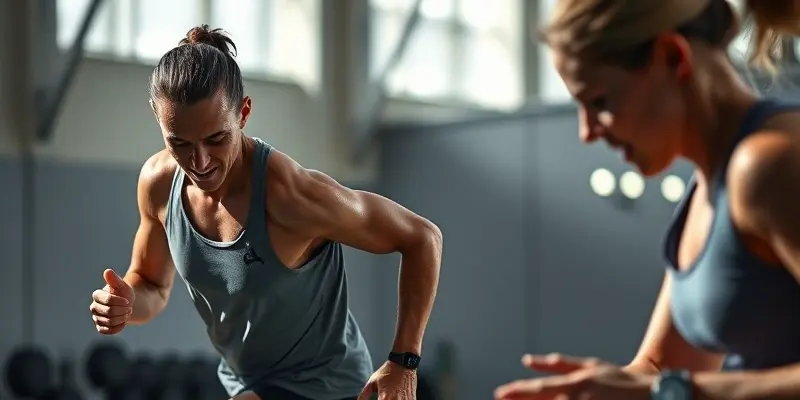Introduction
In the world of sports and fitness, staying injury-free and recovering efficiently are key pillars for sustainable performance and long-term success. Whether you’re a beginner or a seasoned athlete, understanding the strategies for injury prevention and recovery is crucial. In this article, we will delve into practical approaches, supported by Google’s standards on creating helpful and reliable content, to help you navigate the realm of sports injury prevention and recovery effectively.
Essential Strategies for Preventing Injuries
Warm-Up and Cool Down
- Warm-Up: Get your body ready for action with dynamic movements like jumping jacks to boost flexibility and heart rate.
- Cool Down: After your workout, ensure a proper cool down to prevent muscle strain and cramping. Check out our previous blog post on injury recovery checklist for additional tips on post-workout recovery.
Stretching
- Incorporate regular stretching routines to enhance flexibility and range of motion.
- Use dynamic stretches before exercise and static stretches post-workout for optimal results.
Proper Equipment
- Invest in sport-specific protective gear such as helmets and pads to reduce the risk of traumatic injuries.
Footwear
- Choose shoes designed for your sport to prevent common injuries like ankle sprains and stress fractures.
Strength Training
- Strengthen key muscle groups to support joints, improve stability, and prevent overuse injuries.
Gradual Progression
- Avoid overuse injuries by gradually increasing intensity and duration in your training regimen.
Common Sports Injuries and Prevention Strategies
In sports and fitness activities, certain injuries tend to occur more frequently. Here’s a look at some common injuries and how to prevent them:
Knee Injuries (ACL/PCL, Menisci)
- Common in sports like football and gymnastics, focusing on proper technique and strength training can reduce the risk of knee injuries.
Ankle Sprains
- Quick changes of direction in sports often lead to ankle sprains. Strengthening ankle muscles and using preventive taping techniques can lower the risk.
Stress Fractures
- Endurance sports like running can result in stress fractures. Adequate rest, proper nutrition, and gradual training progression are key preventive measures.
Nutrition for Healing and Recovery
Nutrition plays a vital role in the healing and recovery process for athletes and fitness enthusiasts. Here are essential nutrients to support recovery:
- Protein: Crucial for muscle repair and rebuilding.
- Complex Carbohydrates: Provide sustained energy for recovery.
- Hydration: Maintain optimal hydration levels to support overall health and recovery.
Recovery Tools and Gadgets
Incorporating the right tools can aid in faster recovery and muscle repair:
- Foam Rollers: Ideal for self-myofascial release.
- Compression Garments: Enhance blood flow and reduce muscle soreness.
- Physical Therapy Equipment: Utilize resistance bands and massage tools to support recovery.
Psychological Methods for Motivation and Resilience
A positive mindset and motivation are instrumental in the recovery journey. Here are some psychological strategies to stay motivated:
- Goal Setting: Establish achievable milestones for recovery and track your progress.
- Community Support: Engage with fellow athletes, coaches, or support groups for encouragement and motivation.
- Mindfulness Practices: Incorporate mindfulness techniques to reduce stress and maintain focus during rehabilitation. For more on mental recovery strategies, read our blog post on visualization for healing.
Conclusion
By implementing a comprehensive approach that combines injury prevention strategies, recovery techniques, proper nutrition, and psychological support, athletes and fitness enthusiasts can optimize performance, reduce downtime, and embrace a holistic approach to well-being and athletic success. Remember, prevention is key, but recovery is equally important for long-term health and athletic excellence. Stay focused, stay resilient, and always prioritize your well-being on your fitness journey.
In the pursuit of your fitness goals, let injury prevention and effective recovery be your guiding companions.
Remember, your commitment to your well-being is the foundation of your success in sports and fitness.
Let’s stay strong, heal well, and thrive together! 🌟

